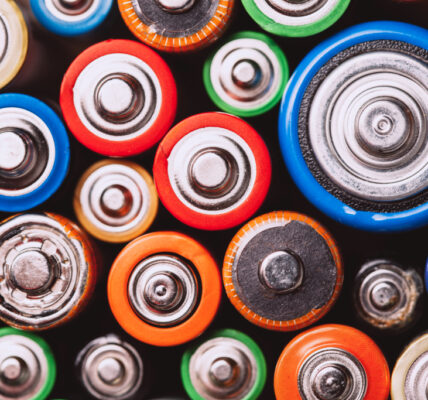OEMs in North America And Europe Target To Transition To a Zero-Emission Portfolio Entirely As Early As 2040
OEMs in North America and Europe target to transition to a zero-emission portfolio entirely as early as 2040. Shifting to electric powertrain calls for significant vehicle architecture and design changes to accommodate critical power components such as the battery, fuel cells, and hydrogen storage.
To meet international climate targets and develop sustainable zero-emission technologies, the mobility industry is expediting the transition to powertrain electrification to gradually reduce dependence on diesel powertrains.
Governments and global vehicle manufacturers are evaluating various pathways to achieve carbon neutrality, with investments and activities in the energy sector directed around it. Commercial vehicles, albeit a small proportion of the total vehicles in operation, are the largest source of polluters due to their nature of operation with high payload and longer travel time.
Manufacturers experiment with different commercial vehicle electrification topologies to determine the best options to suit their product performance expectations. The eAxle concept, which is modular, compact, and scalable, is the most active area for many OEMs since it eliminates the need for the propeller shaft and bigger axles and frees up space to mount battery packs between the frame rails. Electrification of drivetrain components also opens opportunities for light-weighting and lower maintenance due to a reduction in the number of components.
Commercial drivetrain component suppliers increasingly invest in the electrification of their core portfolio in line with the electrification market demands. Large incumbent players pursuing vertical integration acquire smaller players with the relevant expertise to expand technical capabilities, improve production output, and maintain a robust supply chain.
Companies with expertise in motor, inverter, power electronics are of the most interest to commercial vehicle drivetrain component suppliers. Suppliers with in-house production and system capabilities offering cost favorability and manufacturability are also attractive to manufacturers. OEMs choose different product solutions from suppliers based on their performance requirements. Hence, suppliers tend to provide solutions either as standard or integrated solutions.
An integrated solution offers the advantage of calibrated component packaging, modularity, and ready-for-installation capability. Comprehensive end-to-end drivetrain solutions, including power supply and system software, are packaged and can be utilized to integrate with different vehicle platforms, either at production or existing vehicle conversion.
Despite the dire impact of COVID-19 on the progress of electric vehicle development, some OEMs launched electric truck portfolios during the pandemic by partnering with electric drivetrain suppliers to utilize their solutions customized to vehicle specifications.
Markets in Europe and North America are rapidly transitioning toward electrification, hence having a strong regional footprint will be critical for suppliers to secure partnerships with OEMs introducing electric vehicles in the region. There are abundant opportunities for drivetrain suppliers in vehicle electrification and to potentially move from a system supplier to a comprehensive solution provider and full vehicle electrification system enabler.







